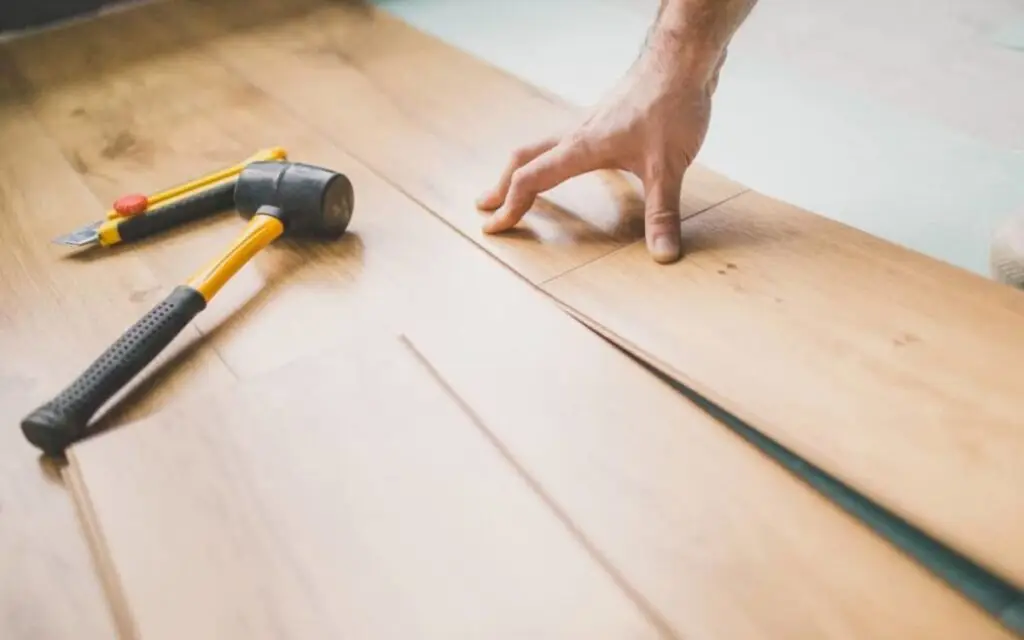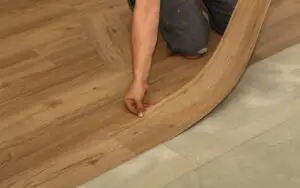Carpet Cost Comparison: Is Carpet or Laminate Cheaper?
Choosing the right flooring for your home can be a challenge, especially when comparing costs. Carpet and laminate are both popular options, but each comes with different pricing structures, installation requirements, and long-term expenses. This guide will help you understand which is more budget-friendly, considering both initial and ongoing costs.
What Factors Affect the Cost of Carpet and Laminate?
Several elements influence the total cost of both carpet and laminate flooring. Understanding these factors can help you make a more informed decision:
- Material Quality and Type: Higher-end carpet types, like wool or thick nylon, are more expensive than basic polyester options. Laminate varies by thickness and finish, with premium styles resembling real hardwood costing more.
- Installation Costs for Carpet vs. Laminate: Carpet installation can be labor-intensive, often requiring professional skills to ensure proper stretching and fitting. Laminate is more DIY-friendly but may still incur professional fees for larger spaces.
- Differences in Underlayment Requirements: Carpet typically requires a padding layer underneath, which adds to the cost. Laminate often uses a thinner underlayment, but moisture barriers may be needed, especially in basements.
Initial Cost Analysis: Carpet vs. Laminate
When comparing the initial costs of carpet and laminate, it’s important to break down the average prices per square foot:
- Average Cost per Square Foot: Carpet generally ranges from $2 to $7 per square foot, depending on the material. Laminate typically costs between $1.50 and $5 per square foot.
- Price Range for Different Carpet Types:
- Polyester: Budget-friendly but less durable, usually around $2-$4 per square foot.
- Nylon: A bit pricier but more resilient, costing about $3-$6 per square foot.
- Wool: A premium option that can go up to $10 per square foot or more.
- Laminate Cost Based on Thickness and Finish: Laminate flooring varies based on thickness, with thicker options providing better sound insulation and durability. Basic styles start around $1.50 per square foot, while high-end, wood-like finishes can reach $5 or more.
Installation Costs: What to Expect
The cost of installing carpet or laminate can significantly affect the overall expense. Here’s what you need to know about each:
- Carpet Installation Expenses: Professional carpet installation ranges from $0.50 to $1 per square foot for labor. This doesn’t include the price of carpet padding, which can add another $0.50 to $1 per square foot.
- Laminate Installation and Time Investment: Laminate is often marketed as a DIY option, but hiring a professional can range from $2 to $5 per square foot. Its ease of click-and-lock installation makes it a faster project compared to carpet.
- Hidden Costs: Both flooring types may come with hidden costs like adhesive, trim, or baseboard adjustments. For laminate, you might need a moisture barrier, especially in areas like basements.
Maintenance and Long-Term Costs
Considering the long-term costs of maintenance is crucial in choosing between carpet and laminate:
- How to Maintain Carpet Over Time: Regular vacuuming and occasional deep cleaning are necessary to keep carpet in good condition. Over time, high-traffic areas may require spot cleaning or even replacement.
- Maintenance Tips for Laminate Flooring: Laminate is easier to maintain, requiring only sweeping or vacuuming and a damp mop. However, it can be sensitive to excessive moisture, making spills a concern.
- Lifespan Differences Between Carpet and Laminate: Laminate flooring can last up to 15-25 years with proper care, while carpet may need replacing every 8-10 years, depending on wear and tear.
Comfort and Aesthetics: Which Option Looks Better?
The comfort and appearance of flooring can impact the feel of your home, and both carpet and laminate have their advantages:
- Comfort of Carpet vs. Laminate Underfoot: Carpet offers a soft, warm feeling underfoot, making it a popular choice for bedrooms and living areas. Laminate is firmer but can be softened with area rugs.
- Visual Appeal of Different Laminate Styles: Laminate comes in a variety of designs that can mimic the look of hardwood or tile. It’s an excellent option for modern, sleek aesthetics.
- Impact on Home Ambiance and Warmth: Carpet can add a cozy, inviting feel to spaces, while laminate’s clean lines can make rooms feel more spacious.
Durability and Resilience: What Lasts Longer?
Durability is another factor to consider when deciding between carpet and laminate:
- Wear and Tear Resistance of Carpet: Carpets, especially those made from synthetic fibers like nylon, can be durable but are prone to staining and crushing in high-traffic areas.
- How Well Laminate Handles Moisture and Scratches: Laminate resists scratches better than carpet, making it ideal for homes with pets. However, it can be damaged by standing water if spills aren’t cleaned up quickly.
- Best Choice for High-Traffic Areas: Laminate often wins in durability for hallways and entryways, while carpet is better suited for low-traffic rooms.
Impact on Home Resale Value
The type of flooring can affect your home’s resale value and appeal:
- Does Carpet Increase Home Value? Carpet is less desirable in modern real estate, particularly for main living areas. Buyers often view it as a feature to replace.
- The Appeal of Laminate to Potential Buyers: Laminate can attract buyers looking for a low-maintenance, contemporary look, especially when it mimics hardwood.
- Flooring Choices That Boost ROI in Real Estate: If resale value is a priority, laminate or even upgrading to hardwood could offer a better return on investment.
DIY vs. Professional Installation: Pros and Cons
Should you attempt a DIY installation or hire a professional? Here’s how each option compares:
- Cost Savings of DIY Installation: Installing carpet yourself can save on labor costs but requires specialized tools. Laminate is simpler for DIY projects with its click-and-lock system.
- Risks of DIY Mistakes: Mistakes like uneven seams or improper stretching can make carpet look poorly installed. With laminate, improper sealing can lead to gaps or buckling.
- When to Hire a Professional Installer: For large spaces or high-end materials, professional installation ensures a polished finish and can save time.
Comparing Environmental Impact
Both carpet and laminate have options that are better for the environment:
- Eco-Friendly Carpet Options: Wool carpets are a sustainable choice, while some synthetic carpets are made from recycled materials.
- Sustainable Laminate Choices: Laminate made with recycled wood fibers is available, but it’s less biodegradable than natural carpet fibers.
- Recyclability and Waste Factors: Carpet can be more challenging to recycle compared to laminate, which can often be disposed of more easily.
DIY vs. Professional Services: Which Saves More in the Long Run?
In the long run, opting for professional services can often save money by ensuring quality installation:
- Case Studies of DIY vs. Professional Installations: Homeowners who go DIY may face higher repair costs if mistakes are made. For example, improperly installed carpet can lead to wrinkles that need professional stretching.
- Comparing the Results: DIY vs. Expert Finishes: Professional installers bring expertise, leading to better durability and appearance, whether for carpet or laminate.
- Why Professional Services May Save Money in the Long Term: While upfront costs are higher, professional services often extend the lifespan of flooring, reducing the need for early replacement.





